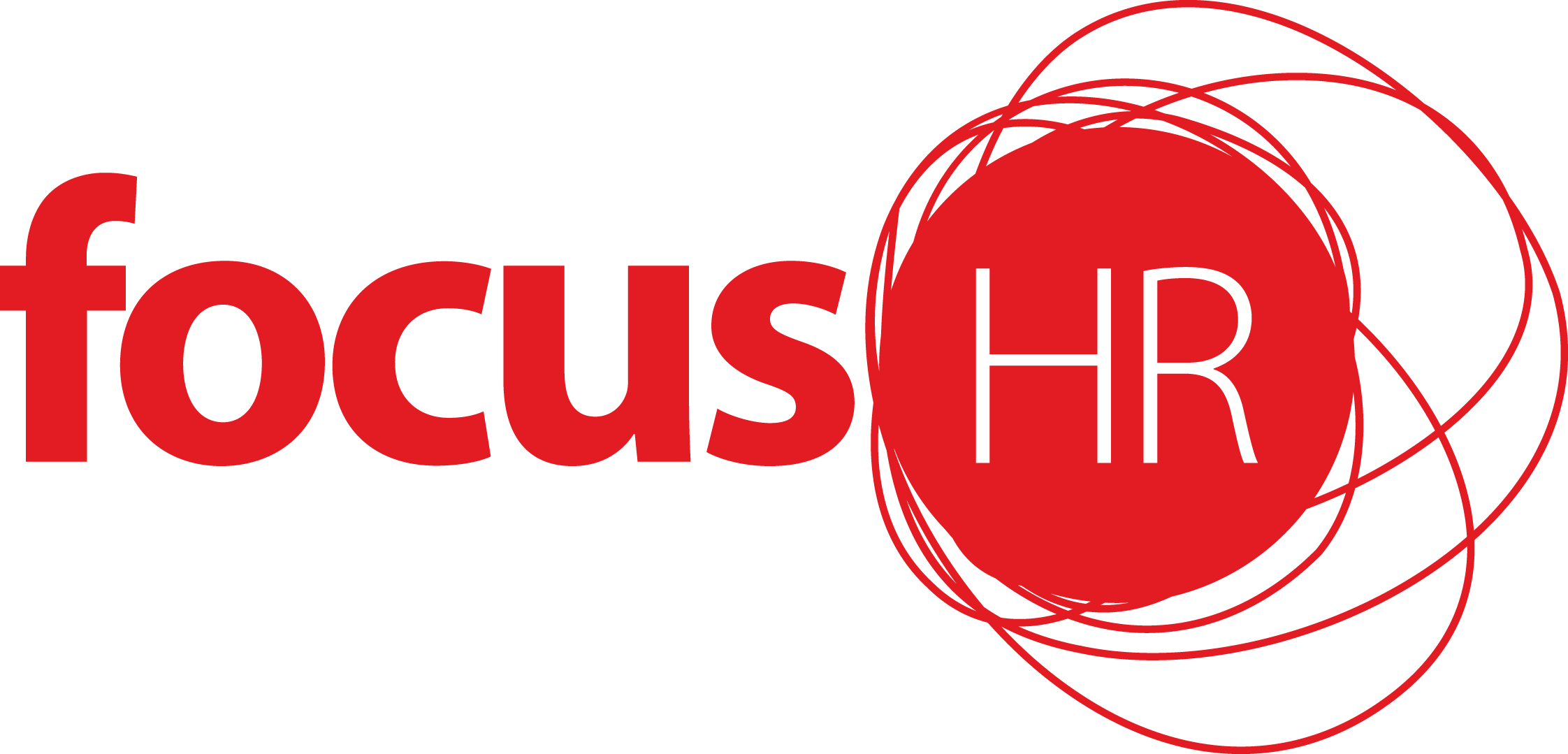Effective from 1 March 2025, businesses that operate in Queensland have a new duty under the Work Health and Safety Regulation 2011 (Qld) (Regulation) with regard to sexual harassment, or sex or gender-based harassment.
How is this a hot potato? Well, every HR and WHS team we talk to are batting this between them to see who ultimately takes ownership. The areas of sexual harassment and workplace bullying are 2 topics that seem to straddle the disciplines of HR and WHS. There is legislation embedded in the WHS system, however the implementation of things like sexual harassment prevention policies, training and handling of grievances often sits in the HR space and there are reporting options through both relevant government bodies.
The good news is that Worksafe QLD provide a range of resources to help guide businesses through the process. We are also here to help if you need.
What Exactly is the Duty?
This duty requires the development and implementation of a prevention plan to address identified risks associated with sexual harassment.
Businesses that fail to prepare a prevention plan can face financial penalties if an employee makes a sexual harassment claim.
The Changes
On 1 September 2024, the Queensland Parliament passed the Work Health and Safety (Sexual Harassment) Amendment Regulation 2024 (Qld) (Amendment). The Amendment updated the Regulation, requiring persons conducting a business or undertaking (PCBU) to identify and manage risks related to sexual harassment in their workplaces.
Under Queensland’s work health and safety laws, PCBUs have long been required to manage psychosocial risks, including sexual harassment.
The Amendment now explicitly requires PBCUs to consider relevant matters when determining what control measures are to be implemented to address the risks arising from sexual and sex or gender-based harassment.
Where risks are identified, from 1 March 2025, the Regulation imposes a new duty for PCBUs to prepare and implement a prevention plan to manage those identified risks to health and safety of workers, or other persons, arising from sexual harassment, or sex or gender-based harassment.
The Plan
Under the Regulation, a prevention plan must:
- be in writing;
- state each identified risk;
- identify control measures to manage each identified risk;
- identify the matters considered in determining the control measures with reference to the WHS Regulations;
- describe the consultation undertaken by the PCBU in developing the prevention plan;
- be set out in a way that is readily accessible and understandable to workers;
- set out the procedure for dealing with reports of unsafe conduct, including;
- how to make a report;
- how a report will be investigated;
- how the results of an investigation will be shared;
- a recognition of a discloser’s right to be represented;
- how the discloser and other parties will be informed of results of an investigation; and
- a recognition of a discloser’s right to utilise the pre-existing issue resolution and dispute resolution methods under the Work Health and Safety Act 2011 (Qld);
- be expressed in an understandable way for workers.
PCBUs must also ensure the prevention plan is accessible to workers and that they know its content and how to access it.
After preparing and implementing a prevention plan, PCBUs have a duty in which they must review the prevention plan every 3 years, or sooner, if:
- there is a report of sexual harassment or sex or gender-based harassment at work; or
- a health and safety committee requests a review.
Penalties for Non-Compliance
PCBUs can face separate fines up to $9,678 for each of the following breaches:
- not preparing a prevention plan;
- not implementing a prevention plan: and
- not informing workers about the prevention plan or undertaking reviews when proscribed.
PCBU’s may also face workers’ compensation claims from psychological injuries that a worker sustains arising out of being sexually harassed at work.
Further, PCBU’s may face additional fines, compliance actions and claims arising out of breaches to concurrent duties related to sexual harassment in the workplace.
Resources
Luckily, Worksafe QLD provides a range of guides and templates to assist employers to implement effective plans and we’ve included some links here:
- Guide for PCBUs
- Managing the risk of sexual harassment and sex or gender-based harassment at work – prevention plan template
- Sexual harassment prevention plan template with example
- Sexual harassment and sex or gender-based harassment fact sheet for PCBUs
- Sexual harassment Regs 2024 comms kit
If you need support beyond this, please reach out.

